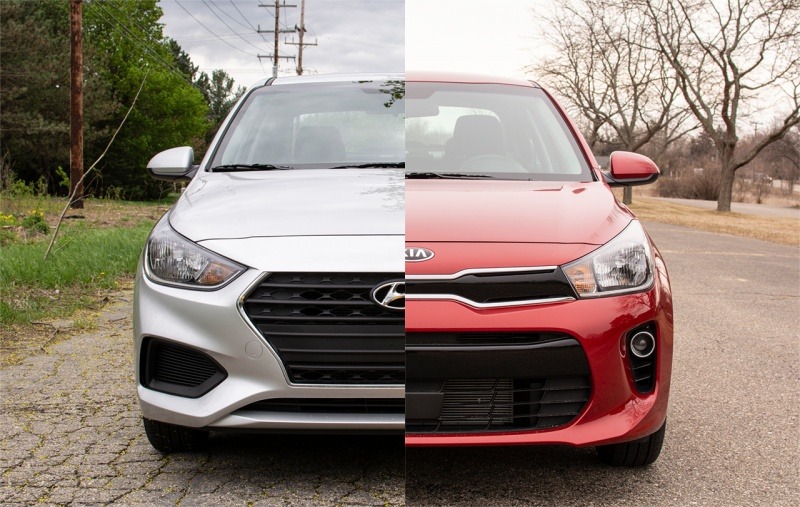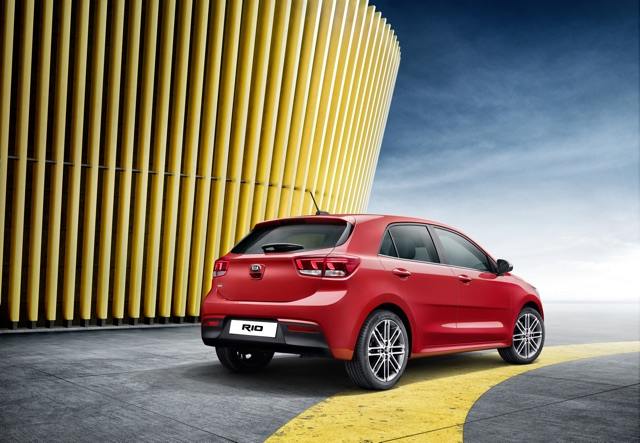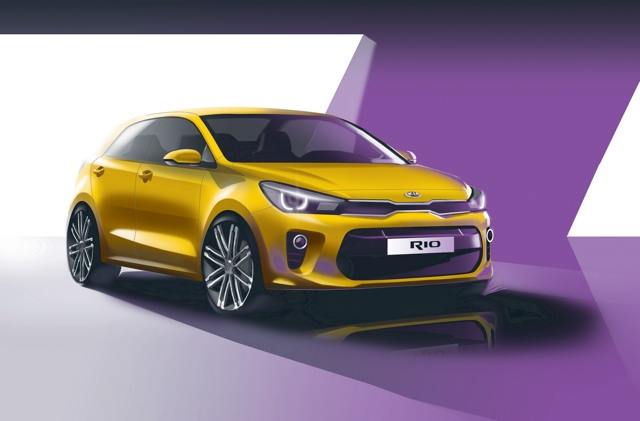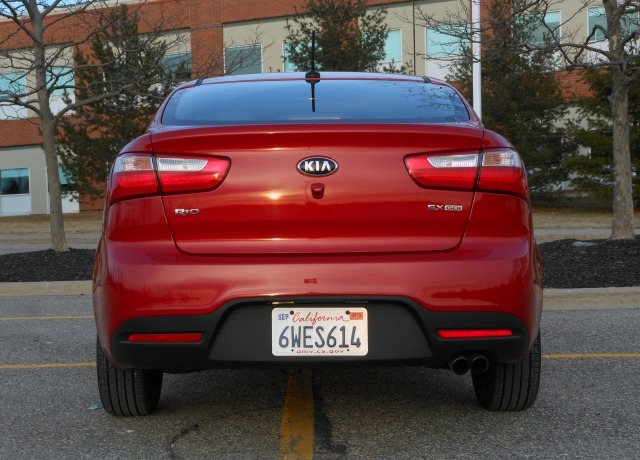Search the Community
Showing results for tags 'Kia Rio'.
-
I found myself in a bit of quandary when it came to writing the review for the 2018 Hyundai Accent and Kia Rio. Both of these models have been redesigned recently and despite the different exteriors, under the skin they share a number of key parts such as the engine and suspension. As I was going th...
-
I found myself in a bit of quandary when it came to writing the review for the 2018 Hyundai Accent and Kia Rio. Both of these models have been redesigned recently and despite the different exteriors, under the skin they share a number of key parts such as the engine and suspension. As I was going th...
-
The 2018 Kia Rio will be arriving at dealers next month and will still be one of the cheapest vehicles in the U.S. The base LX will set you back $14,795 for the sedan and $15,095 for the hatchback - prices include a $895 destination charge. The LX fits the definition of being a stripper as you...
-
- 5 comments
-
- 2017
- 2017 kia rio
-
(and 3 more)
Tagged with:
-
Previous Page Next Page It was only a week ago that Kia teased the next-generation Rio with some sketches. Now, the Korean automaker has revealed the Rio before its official debut at the Paris Motor Show later this month. To our eyes, Kia's design team took the curr...
- 5 replies
-
- 2017
- 2017 kia rio
-
(and 3 more)
Tagged with:
-
Previous Page Next Page Kia is teasing the next-generation Rio subcompact a month before its official debut at the Paris Motor Show. In the sketches, the next-gen Rio looks to be more aggressive and sharper. Key details to take in include a longer front and swept-ba...
-
By William Maley Staff Writer - CheersandGears.com May 28, 2013 We all have that story of that one person we know that underwent a massive transformation. It starts off with the person who dumpy, bit nerdy, either really skinny or fat, or a number of items. Then maybe a few years on, you run into...
-
By William Maley Staff Writer - CheersandGears.com May 28, 2013 We all have that story of that one person we know that underwent a massive transformation. It starts off with the person who dumpy, bit nerdy, either really skinny or fat, or a number of items. Then maybe a few years on, you run into...
- 6 comments






